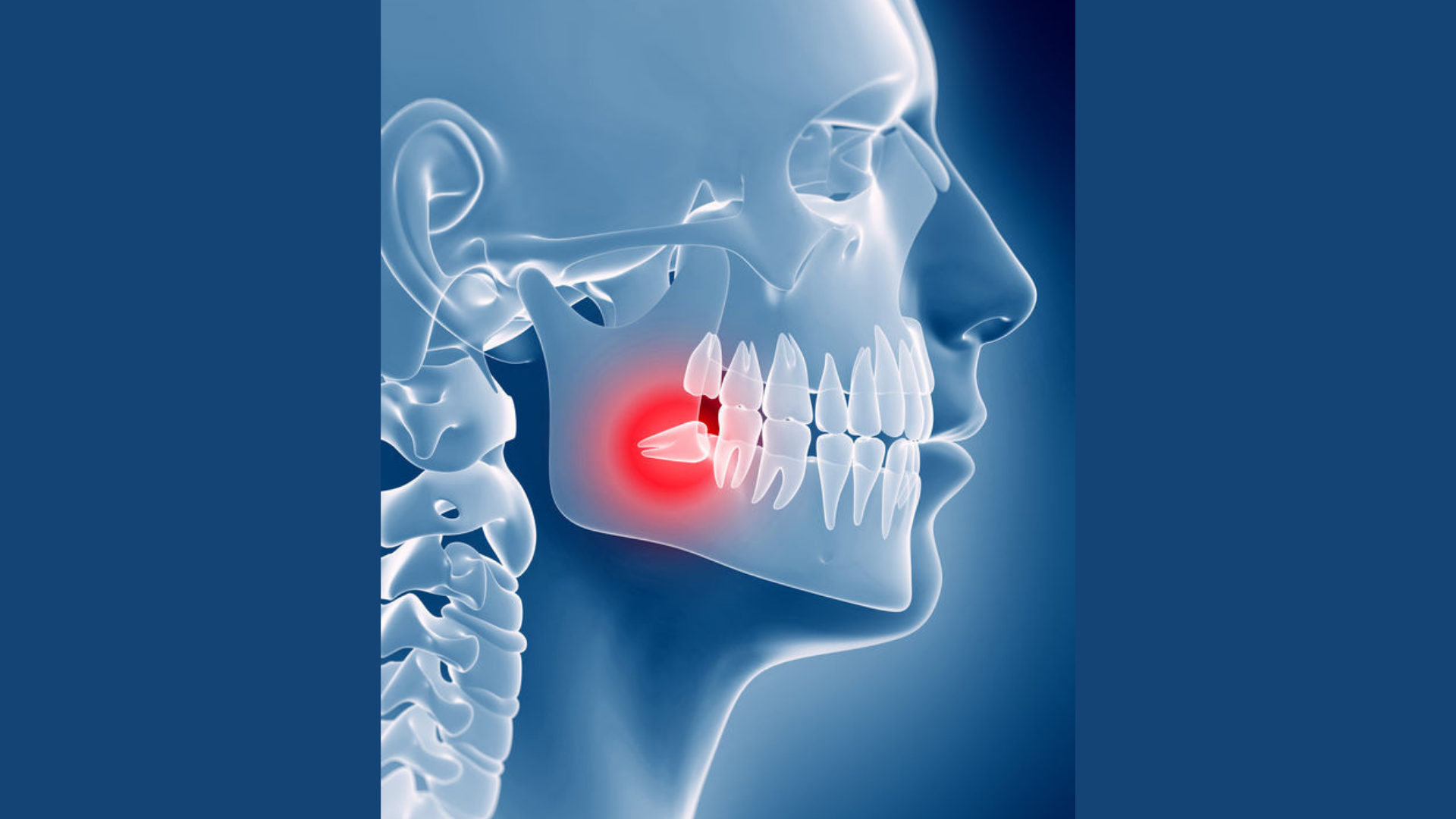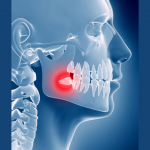Wisdom teeth are located at the very back of mouth and are often the last to develop, typically in one’s late teens or early adulthood– arguably many years before any genuine wisdom develops, but that’s besides the point.
For many people, wisdom teeth can be huge source of frustration if they don’t come in properly, causing pain and discomfort in a variety of ways:
- the jaw might not have enough space to accommodate them, causing them to grow only partway
- if wisdom teeth come in crooked, they become impacted and can damage surrounding teeth
- impacted wisdom teeth are harder to clean, which can cause decay or infection
- tumors or cysts filled with fluid can form at the bottom of impacted wisdom teeth, which can leads to a host of negative effects on the jawbone, surrounding nerves, etc.
If a dentist determines that your wisdom teeth are a hindrance to your overall oral health, extraction is necessary. Wisdom teeth are removed using controlled forces applied to the teeth, elevating them out of the structures that hold them. Depending on your comfort level, there are three options for the procedure:
Local Anesthesia
- You’re fully awake and aware of everything that’s happening to you. While you feel pressure, there is no pain during the operation.
Local Anesthesia & Oral Sedation
- In addition to a lack of pain, you are provided with an anti-anxiety pill that relaxes you and causes drowsiness.
Local Anesthesia & IV Sedation
- Medications are administered intravenously, allowing you to enter a deeper sedated state. This procedure is performed by a certified dentist or dental specialist.
After the procedure, your dentist will give you instructions on how to ensure a speedy recovery. Be prepared to stick to a soft food diet for a short while! And hey, you might look like a chipmunk for a couple of days– but we’re all wearing masks now, so who’s gonna notice?
If your wisdom teeth are giving you grief, feel free to give us a call or send us an email!

